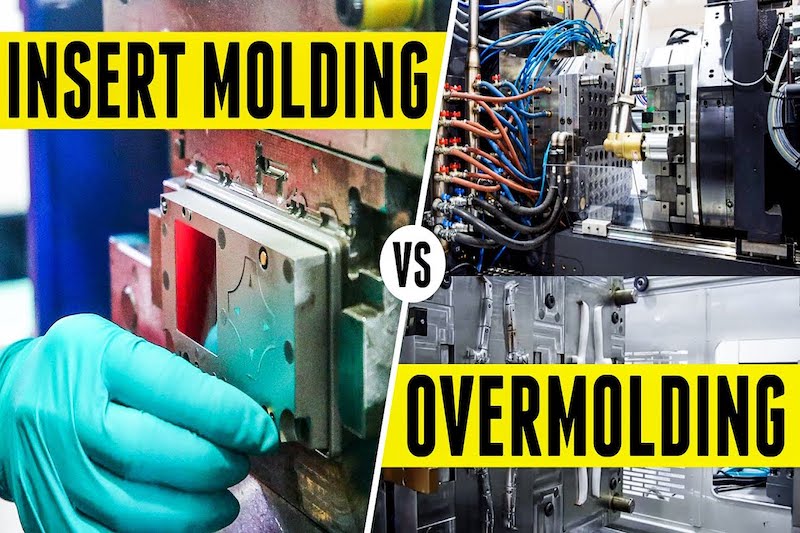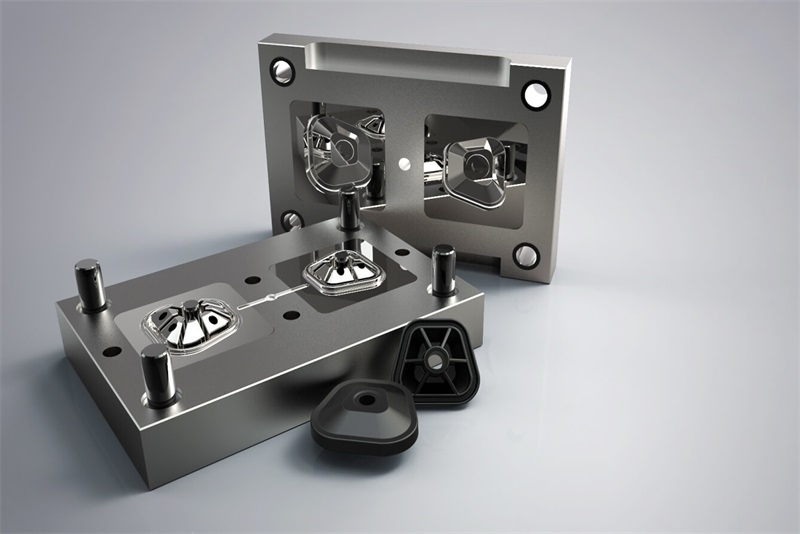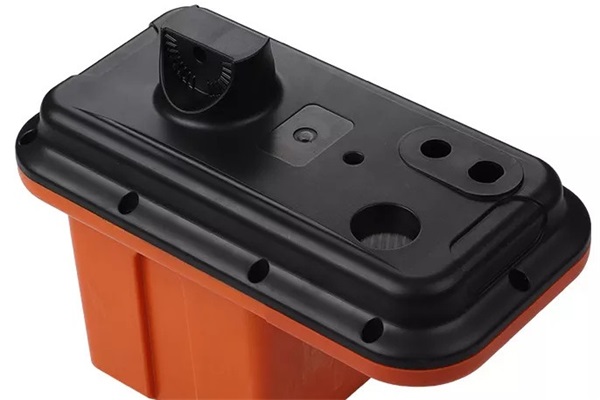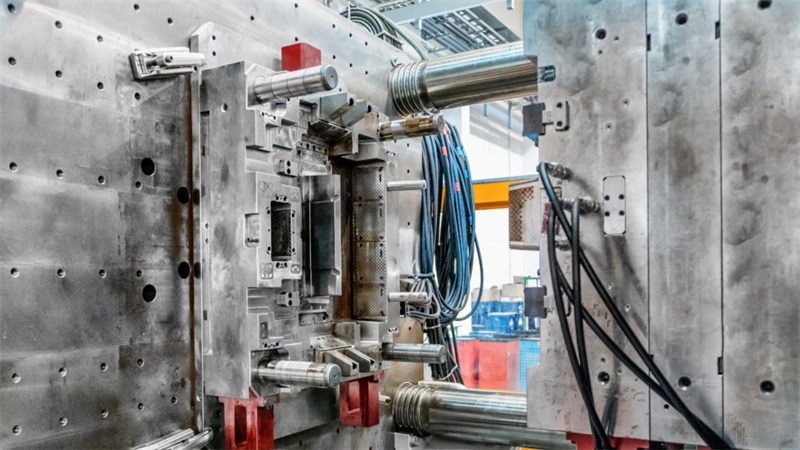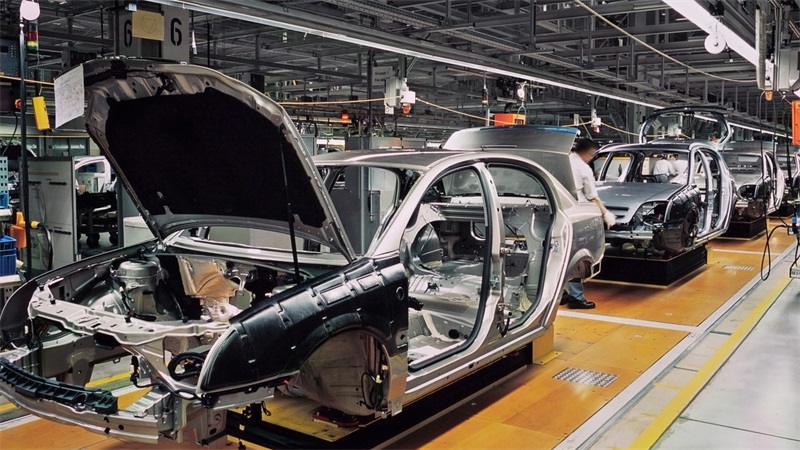Various industries require using both insert molding and over-molding to produce their components. Each process carries its advantages for your industrial application. Insert molding vs. overmolding, choosing between them will also affect how your manufacturing process goes. It includes preparations for the mold, the usage of certain accessories, and investment in related rapid manufacturing tools and materials.
Table of Contents
Insert Molding vs. Overmolding – Let’s compare these two injection molding techniques
Why Choose Insert Molding?
Insert molding should be your choice of manufacturing technique if you want simplicity and flexibility. It’s best for creating simpler components that combine plastic and parts in different metal kinds. It’s also a cost-effective manufacturing method. Consider these reasons for choosing insert molding:
Single-Shot Molding
Insert molding gives you single-shot molding, which allows molding completion in a single step. You only need to place the insert and perform a single molding process. The mold will overwhelm the insert. Then, it will bond with the insert to form the final part.
Less Material Waste
The efficiency of an insert molding operation makes it possible to produce less material waste. In insert molding, you perform a single injection molding using the insert as an extra tool. You can use less liquid materials for the mold, which helps to reduce material waste.
Cost-Effectiveness
The less liquid materials you put into the mold will translate into lower costs for your operation. Also, the custom inserts you create for the production will not require a high investment. So, you can lower the overall production costs for the insert molding operation.
Simple Operation
After preparing all the essential tools, insert molding is very simple to process. You only need to put the metal insert into the mold and let the liquid material fill the mold. Let the liquid material cool down before you can eject the final part from the mold.
Flexible and Reliable Design
With insert molding, you can always design your metal insert based on the final part’s design. You have a lot of flexibility in designing the metal insert for your mold. Also, the material bonding between the thermoplastic material and metal insert allows you to create a reliable design pattern. It will lead to sturdier and more durable final parts.
Assembly
Insert molding requires little to no assembly process. The assembly process is also cheaper. Both metal and plastic materials bond together during the insert molding operation. So, you often don’t need to perform any additional assembly process for the final product.
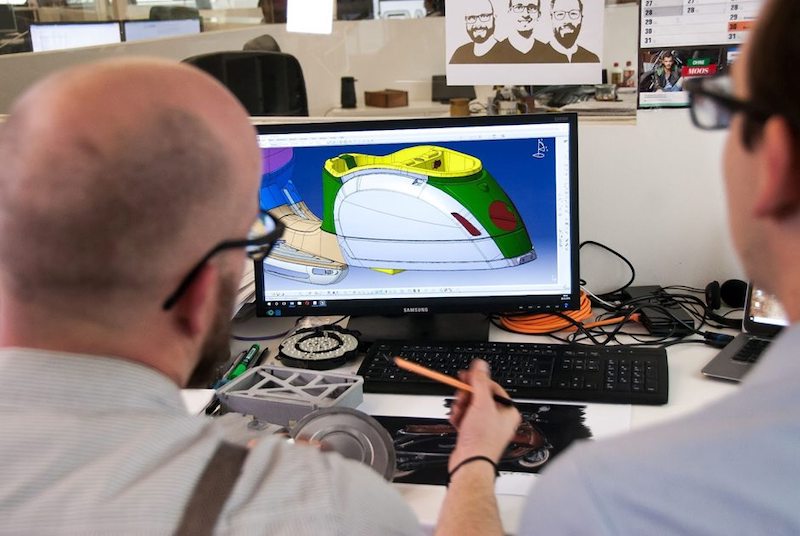
Why Choose Overmolding?
Over-molding offers multiple plastic molding processes if you want more advanced results for your product. It allows you to create products for various applications with advanced features and flexible design variations. However, it will result in higher overall production expenses than insert molding. Here are some reasons to choose over-molding:
More Features
Over-molding allows you to add more features to the final parts you produce. For instance, you can add a hand grip when you create a toothbrush or a screwdriver. It also allows you to add more functionalities to the final parts you manufacture.
Color Combination
Over-molding gives you the option to combine different thermoplastic materials in two colors. Each material will go into the mold one after the other. It allows you to create material and color variations in your final parts.
Better Ergonomics
The ergonomic aspect of your final parts will be essential to help build customer satisfaction. For instance, creating an ergonomic screwdriver will be better than producing a simple, featureless screwdriver. In this case, you can use over-molding to add more ergonomic aspects to your final product.
Improvements in Aesthetics
Another reason to use over-molding is to apply different improvements to the product’s aesthetics. The material combination will create different polishes and look for the final parts. You can also add more aesthetical designs for the final products you produce using over-molding.
Material and Design Flexibility
With over-molding, you can mix two materials as different mold materials. Furthermore, you can have more creative designs with the final product based on the materials you use. Over-molding gives you leverage in design flexibility and variations.
More Complex Design
Over-molding can also accommodate a more complex design for your product. It is the best manufacturing method to create components or final products with more complex geometrical designs. Adding more shape variations will be easier using this method.
Insert Molding vs. Overmolding – Choosing between the Two Manufacturing Processes
You can choose between insert molding and over-molding based on various aspects of these manufacturing techniques. Consider insert molding if you want a non-complex manufacturing process with simpler geometric designs and fewer features. You can also use insert molding if you are tight on budget and only want to produce simple products.
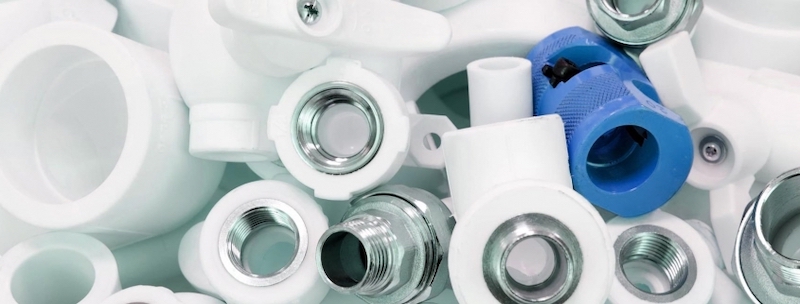
On the other hand, more advanced designs and mold design variations will go best with over-molding. You can mix and match various plastic materials with different color variations and features. You can also add ergonomic aspects to your products with over-molding. However, you will do it at a cost of higher production expenses and more complex molding operations. Here are a few takeaways to consider:
- Material bonding is essential for both insert molding and over-molding
- It is the aspect that will make or break your final product. Without proper material bonding, you won’t get high-quality and durable products from these processes.
- Over-molding can take more time for your production’s completion, it might not be time-efficient for your production needs.
- Insert molding is best to produce parts that can help enhance the structural integrity of a more sizable part.
Conclusion
Both insert molding and over-molding will have their roles in your industrial applications. You can’t choose one and throw away the other. Non-complex component productions might only require you to use insert molding. For the more complicated projects, over-molding might be your best option.
Team Rapid Insert Molding and Overmolding Services
We are a professional manufacturing service provider that operates globally, offering insert molding, over-molding, and other related services. You can order custom manufacturing projects from us. We offer the best pricing and turnaround time for each custom order you place with us. You can contact us at [email protected] for further information.
